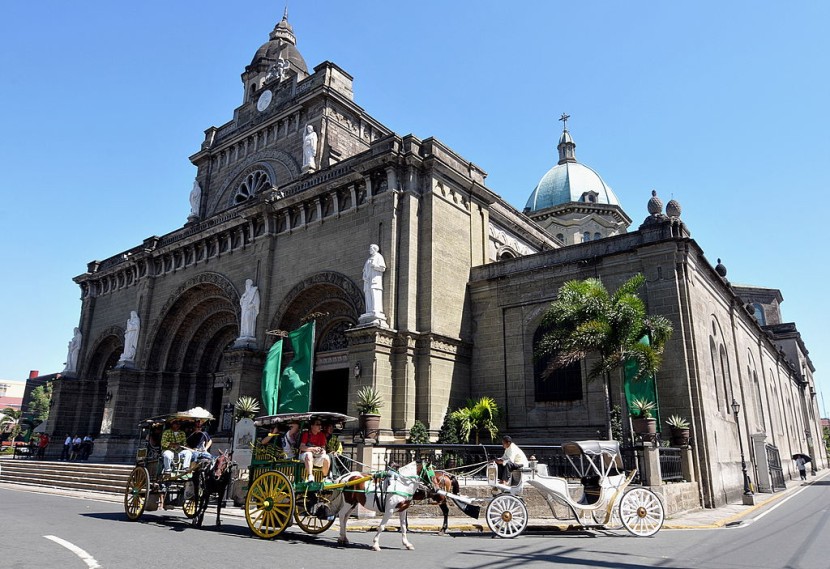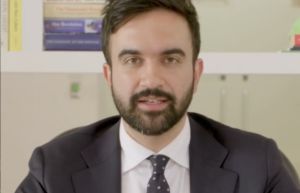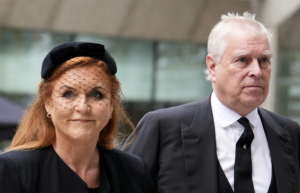
The Vatican granted the Catholic Bishops Conference of the Philippines (CBCP) Tuesday (September 12) its petition to establish a permanent diaconate in the country, over 500 years since the introduction of Christianity in the archipelago and almost 50 years since its introduction into the Catholic Church.
In a Facebook post by the conference, it shared a screenshot of a letter responding to the conference's president, Caloocan Bishop Pablo Virgilio David, telling him that the Secretariat of State, the Vatican's oldest and most senior office behind and below the Pope himself, has granted its petition to establish a permanent diaconate in the Philippine church in accordance with the 1967 motu proprio "Sacrum Diaconatus Ordinem" by Pope Paul VI.
The letter, signed by Archbishop Edgar Peña Parra, on behalf of Pope Francis and the Vatican's Secretary of State, Cardinal Pietro Parolin, also noted that the Secretariat of State would communicate the pope's decision to the Dicastery for the Clergy.
"As you and your brother Bishops implement this noble initiative for the good of the holy people of God in the Philippines, please be assured of the Holy Father's prayers that it will bear much fruit for many years to come," the letter added.
Reactions from the Philippine Church
In response to the Vatican's letter to the CBCP, the Rev. Amado Picardal wrote an article for LiCAS.news, an Asia-based liberal-leaning Catholic news and information platform, explaining what the permanent diaconate is and what it practically meant to the Philippines, a predominantly Catholic nation whose priestly vocations have been dwindling since the 1960s, as well as expressing delight over the news, which he asserted was "long overdue."
"At present, permanent deacons are found mostly in North America and some parts of Europe and Australia," he wrote. "Finally, after fifty years since its restoration, the [CBCP] has decided to send a petition to Rome for the ordination of permanent deacons."
Meanwhile, some Filipino Catholic pundits expressed caution over the news, stressing that the permanent diaconate is a permanent vocation that a man should seriously dedicate the rest of his life.
In particular, Catholic intellectual Carlos Palad took a nuanced approach to the news, calling for Catholic social media ministries and pundits to thoroughly explain what a permanent diaconate would practically mean for the Catholic Church in the Philippines.
"[There are lots] of excited reactions on social media over the permanent diaconate in the Philippines," he wrote on Facebook. "There needs to be a concerted effort by Catholic media (including [social media] pundits and bloggers) to explain what it is and what it is not."
Palad has not immediately responded to HNGN's request for further comment.
What is a Deacon?
The clerical rank of deacon is the lowest of three major orders in the Catholic and Orthodox churches. Their main tasks revolve around assisting priests and bishops in liturgical services, such as the reading of the gospel passage and distributing communion in eucharistic services, among other delegatory faculties allowed to them by the church.
Catholic experts say the ministry of the diaconate has since been separate and distinct from the priesthood which could be traced back to Biblical times. According to the Acts of the Apostles, the apostles of Jesus appointed and ordained a man named Stephen and six other men to attend to the daily needs of the early Christians.
Around 400 years after Christ, the status and ministry of the diaconate were merely reduced to a stepping stone for clerics to become priests, as well as a liturgical role filled by priests, especially in the more traditional form of the Catholic Mass, a role and status that was solidified during the Council of Trent.
In 1967, Paul VI reintroduced the permanent diaconate to Catholics worldwide and allowed the possibility of married men becoming deacons.
The CBCP first discussed the matter during its plenary assembly back in January.
© 2026 HNGN, All rights reserved. Do not reproduce without permission.








